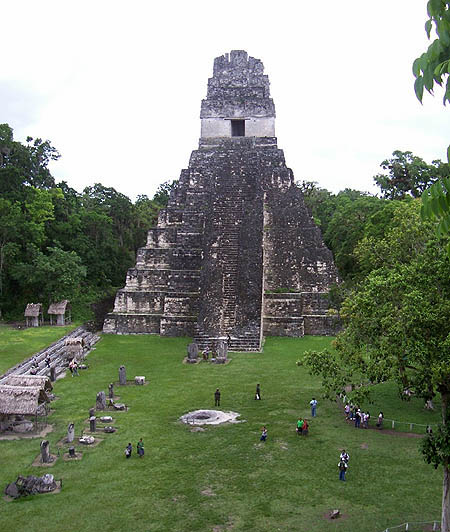Reading between the lines of the Maya calendar
Indigenous spiritual guides see a lesson for humanity in the din over 2012.
By Mary Jo McConahay
During Guatemala's 36-year civil war, which ended in 1996, the Maya were suspected of supporting insurgents, and they were "disappeared" by the thousands. Their religion, which had survived the Spanish conquest with influences from Catholicism, was practiced discreetly, far from non-Maya eyes. Gabriel, 52, fled into exile in California after death squads murdered three brothers in the 1980s, returning as the war ended to her "gift" as a shaman through study with elders.
Now some Maya priests have moved their rituals from caves and remote mountain locations to public areas, including temple ruins frequented by tourists. Calendar keepers perform ceremonies using fire, pine incense, colored candles, chocolate and other elements, petitioning for a community good, such as rain, or protection. The religion matches certain days with certain spirits, and interpreting time and the calendar in daily life is the main responsibility of a Maya priest.
More than a thousand years ago, astronomer priests determined Long Count dates of kingly reigns, inscribed on Maya monuments along with dates of royal births and deaths. Kings and queens had priestly duties by virtue of their position, and might sacrifice their own blood to communicate with the gods. Today, believers ask the shaman/priests to determine the propitious day to marry or travel, or to bless efforts. The signing of the 1996 peace accords was preceded by a Maya ceremony at the ancient site of Kaminaljuyu in Guatemala City and public prayers at the National Palace.
Some experts on the Maya believe Dec. 21, 2012, merits no great attention, pointing out that only one inconclusive mention of the date appears among thousands of deciphered Maya texts. It's simply the end of an era--of about 5,000 years--with another one beginning the next day.
For more on the subject, see Obama Fated to Lose in 2012? and 2012 Trailer.


No comments:
Post a Comment